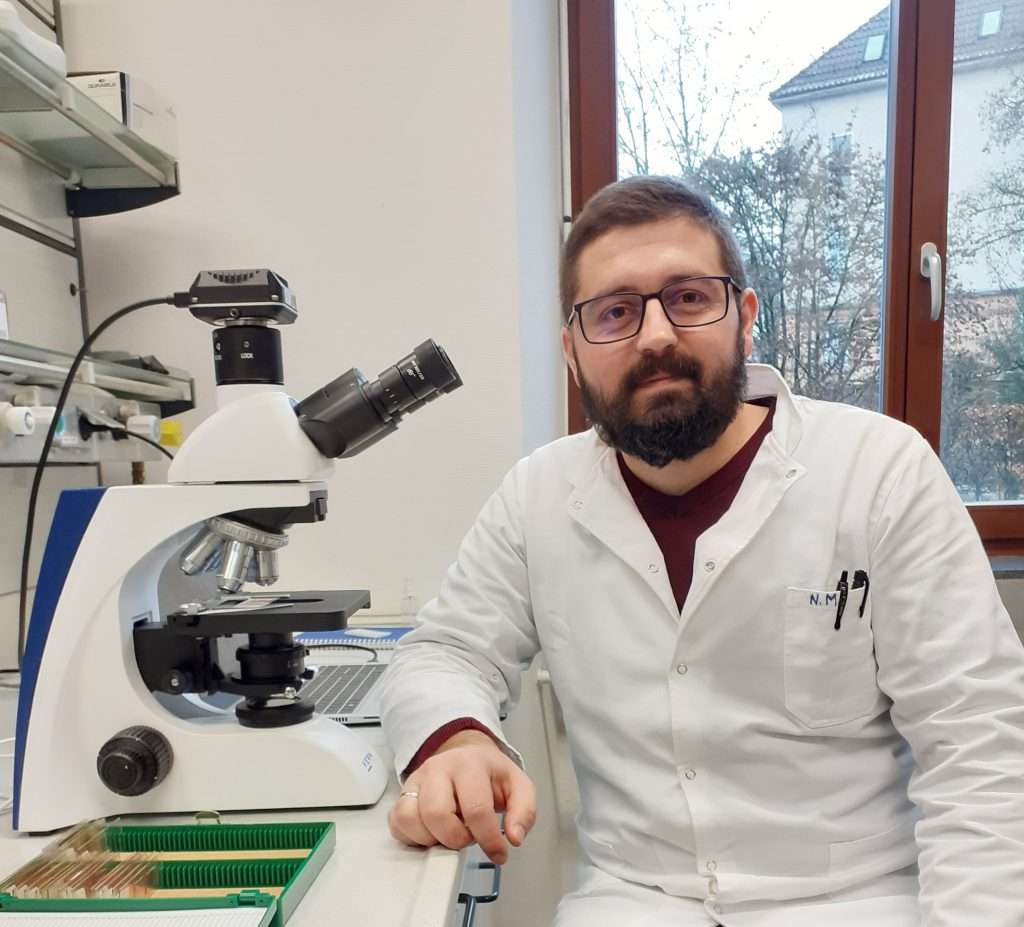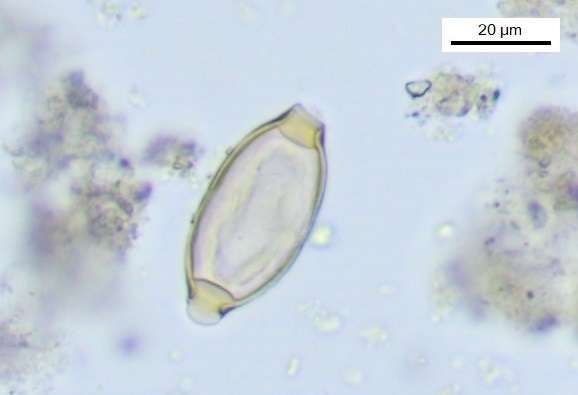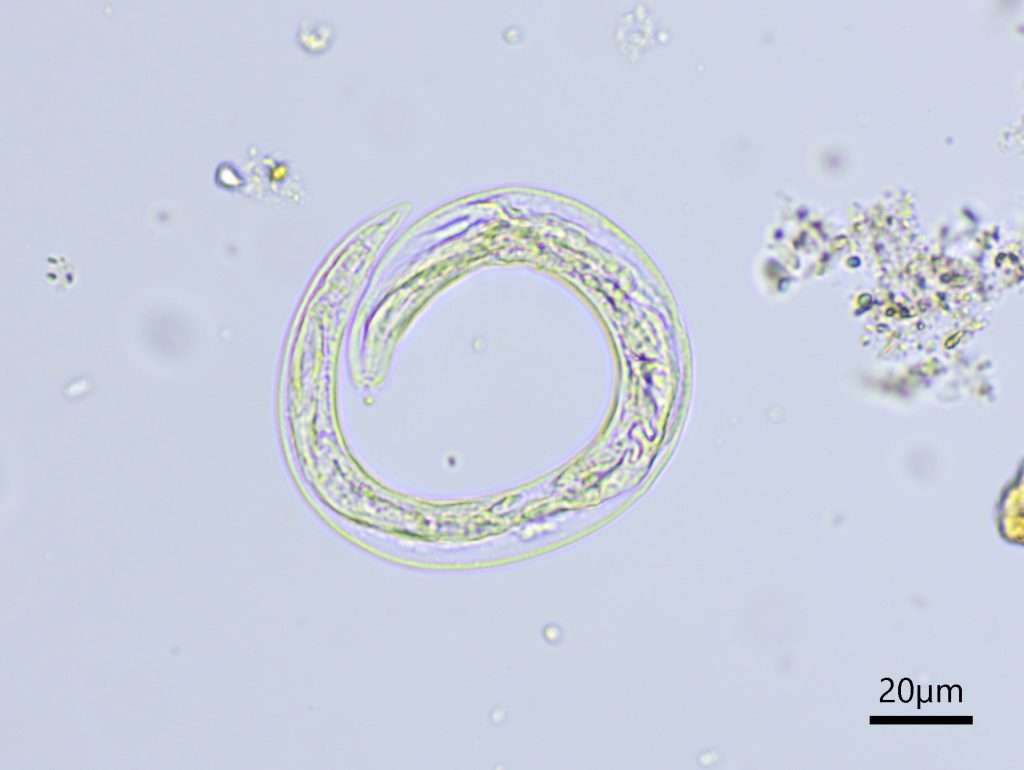On 26 January Dr. Nemanja Marković presented his preliminary results from our GACT project „Parasitism and pleistocene human palaeoenvironment in the Western Balkans: Establishing a multidisciplinary protocol“.
During his visit to Tübingen, Dr. Nemanja Marković worked on more than 20 samples from the Serbian Pleistocene sites of Baranica 2, Pešturina and Mala Balanica. He presented his preliminary results at the colloquium on 26 January in Tübingen and via Zoom.


After a general introduction to palaeoparasitology, which gave the Tübingen students a good overview of the topic, Nemanja presented his findings from the Serbian cave sites.
One of the aims of this interdisciplinary project was to create a multi-proxy protocol. With its help, a detailed and comprehensive study of Pleistocene coprolites from cave contexts should be possible. The preliminary results focus on parasitic and microbial remains in coprolites from the cave sites Baranica 2 (Late Pleistocene), Pešturina (Late Pleistocene) and the Late Middle Pleistocene Mala Balanica. A coprolite from Radaljevo from the Medieval period was analysed as a control sample to verify the protocol. The results were various parasites and also plant remains, which showed that the protocol worked well.
Nemanja emphasised the importance of coprolites as a „time capsule“, a unique archive that represents „a short-term record of an individual organism’s diet and environment important for paleoecological, paleontological, and archeological data.“


„These data will allow the first insight into parasitism during the Pleistocene epoch in the Western Balkans – pioneering research in the field of paleoparasitology“, Nemanja said. In the further course of the project it will be determined whether these are animal parasites (cave hyenas) or free-living nematodes.
All photos were kindly provided by Nemanja.
Abstract of the talk
Paleoparasitology is a subfield of paleopathology that examines parasite infection patterns in humans and animals in the past through the study of parasitic remains from paleontological and archaeological contexts. Paleoparasitology examines specific patterns of ancient infections concerning diet, environment, and disease using a combination of biological parasitology, bioarchaeology, and archaeological methods. The main focus of the project Parasitism and Pleistocene human palaeoenvironment in the Western Balkans: Establishing a multidisciplinary protocol funded by Leibniz Science Campus GeoGenomic Archaeology Campus Tübingen (GACT) is innovative research in the field of paleoparasitology by applying the Stockholm Paradigm and multiproxy protocol as a standard for future research of the Pleistocene human palaeoenvironment. The multidisciplinary study of macroscopic, microscopic, and biomolecular remains recovered from Pleistocene coprolites can provide a wide range of information on past human and animal behavior and environments in the light of parasitism. This approach will thus demonstrate the potential of using archival archaeological records combining traditional methodological techniques with various cutting-edge analyses to reduce specimen destruction with increasing resolution of metadata. The talk will outline the workflow establishing a multidisciplinary protocol within the first GACT project carried out in the last three months at the University of Tübingen and provide some preliminary results.